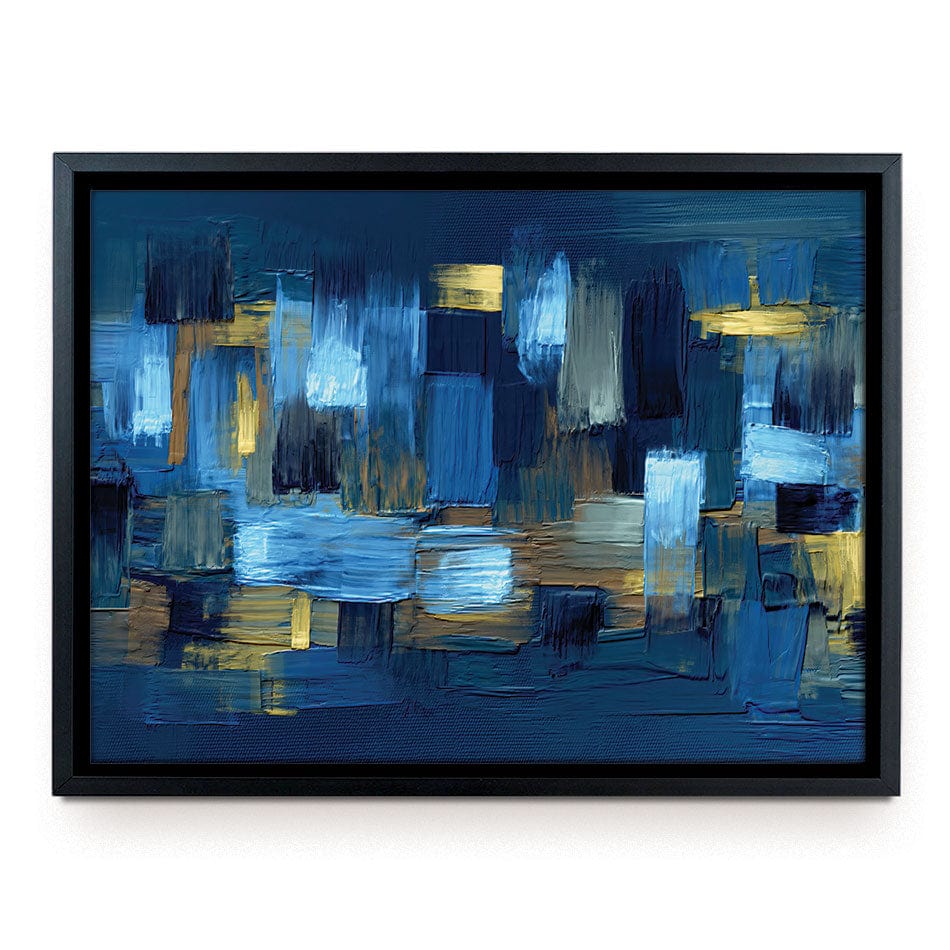The journey of art printing is a fascinating tale of creativity, innovation, and the relentless pursuit of expressing the inexpressible. This voyage begins in the ancient times with rudimentary techniques and traverses through centuries to the sophisticated digital methods of today. The evolution of art printing reflects not just advancements in technology but also changes in artistic expression and cultural trends. Let's delve into the history of art prints, tracing the lineage from traditional methods like woodcut and lithography to the modern marvels of digital printing.
The Dawn of Art Printing: Woodcut and Engraving
The earliest form of art printing, woodcut, dates back to the 9th century in East Asia. It involved carving an image onto a wooden block, applying ink to the raised areas, and then pressing the block onto paper or fabric. This technique made it possible to reproduce images, spreading literature, art, and knowledge more widely than ever before. By the 15th century, woodcut had made its way to Europe, revolutionizing the production of books and artworks.
Close on the heels of woodcut, engraving emerged in the 15th century as a more refined technique. Artists would incise designs into metal plates, usually copper, fill the grooves with ink, and then press the plate onto paper. Engraving allowed for greater detail and precision, making it ideal for creating intricate artworks and currency.
The Renaissance of Art Printing: Etching and Lithography
The Renaissance brought with it a surge of interest in art and science, fostering the development of etching in the 16th century. Etching is similar to engraving, but it involves coating a metal plate with an acid-resistant substance and then drawing through the coating with a sharp tool. The plate is then exposed to acid, which bites into the exposed metal, creating grooves. This method offered artists more freedom and flexibility in their designs.
In the late 18th century, lithography was invented by Alois Senefelder. It was a groundbreaking technique that involved drawing images on limestone with a greasy substance, then applying a water-based ink that adhered only to the drawn areas. Lithography made it possible to produce prints that closely resembled the original drawings, allowing for the mass production of posters, maps, and books.
The Modern Era: Screen Printing and Digital Printing
Screen printing was developed in the early 20th century & it became popular for its versatility and vibrant colours. It involves creating a stencil on a mesh screen, and then pushing ink through the mesh onto the printing surface. Screen printing became a favourite for creating posters, textiles, and varied artworks, celebrated for its bold, graphic quality.
The late 20th century witnessed the advent of digital printing, a revolutionary method that involves direct printing from a digital file to various media. This technology has transformed the art world, enabling artists to experiment with unprecedented levels of detail, colour variations, and personalization. Digital printing is not limited by the constraints of traditional techniques, offering limitless possibilities for creativity and expression.
Conclusion: The Continuous Evolution of Art Printing
The history of art printing is a testament to human ingenuity and the enduring quest for expression. Each technique, from the ancient woodcuts to the digital prints of today, has contributed to the rich tapestry of visual culture. These printing methods have not only made art more accessible but have also opened new avenues for artistic exploration and expression.
As we look to the future, it's clear that the evolution of art printing is far from complete. Advances in technology and new artistic visions will continue to push the boundaries of what is possible, ensuring that the story of art printing will be ever-expanding and ever-enticing. In this digital age, where the fusion of traditional and modern techniques creates unprecedented artworks, the legacy of art printing continues to thrive, reflecting the endless potential of human creativity.





















Leave a comment
This site is protected by hCaptcha and the hCaptcha Privacy Policy and Terms of Service apply.